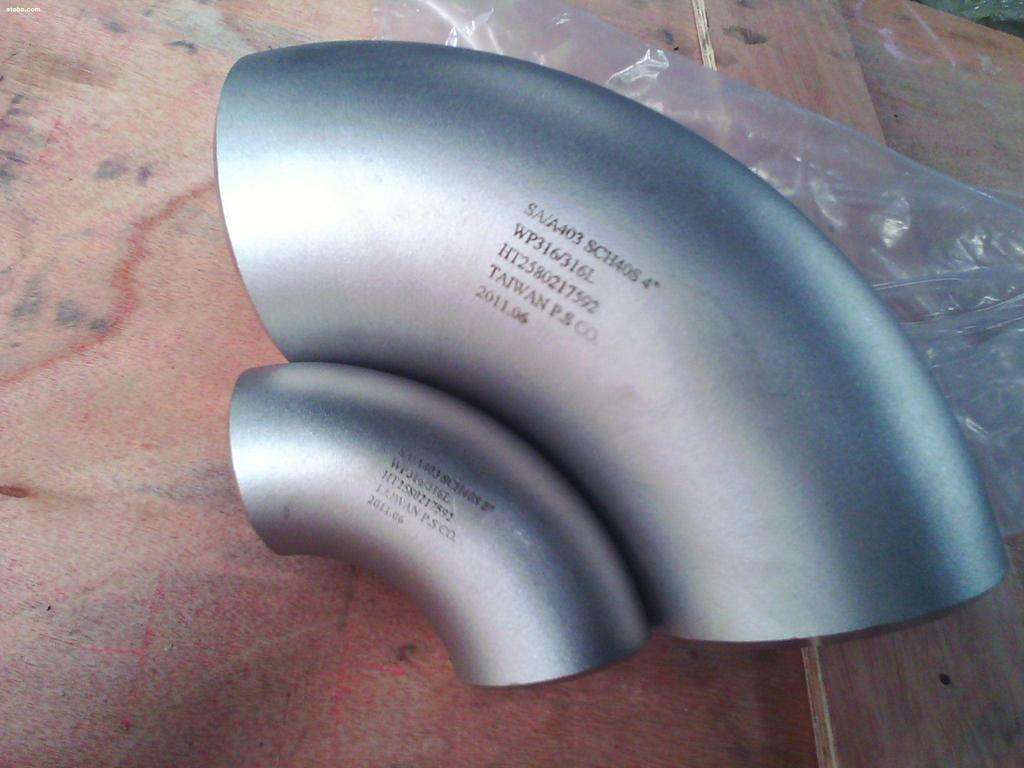
The elbow is a pipe that changes the direction of the pipe in the piping system. According to the angle, there are three most commonly used 45° and 90°180°, and other abnormal angle elbows such as 60° are also included according to engineering needs. Elbows are made of cast iron, stainless steel, alloy steel, calcinable cast iron, carbon steel, non-ferrous metals and plastics.
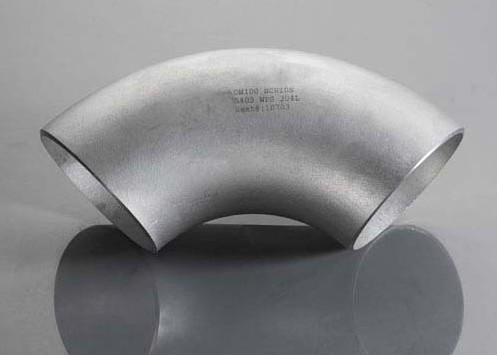
The way to connect to the pipe is: direct welding (the most common way) flange connection, hot melt connection, fused connection, threaded connection and socket connection. According to the production process, it can be divided into: welding elbow, stamping elbow, hot bending elbow, push elbow, casting elbow, forged elbow, clip elbow, etc. Other names: 90° elbow, right angle bend, love and bend, white steel elbow, etc.
The difference between the stainless steel elbow and the carbon steel elbow is mainly due to the difference in material. The chemical composition of the elbow will keep the surface of the elbow from rusting for a long time and will not be corroded.
Made according to the standard can be turned into: 90 ° stainless steel long radius elbow
1. According to the manufacturing standards, it can be divided into national standard, ship standard, electric standard, water standard, American standard, German standard, Japanese standard and Russian standard.
2. Divided by the production method can be divided into push, press, forge, casting and so on.
The 90° stainless steel elbow is mainly used for a connecting pipe in pipe installation for the connection of the pipe bend. Connect two pipes of the same or different diameters to make the pipe turn 90°.
Stainless steel elbows can also be divided into equal-diameter elbows, as well as non-equal elbows, which are used to connect pipes of the same outer diameter. Non-equal elbows are used to connect pipes of different outer diameters.
Stainless steel is usually made of carbon steel with a high proportion of alloys such as Cr and Ni, and the content ratio can reach more than 20%. Common steel grades are: 304, 304L, 321, 316, 316L, 1Cr18Ni9Ti, 0cr18ni9. The former steel numbers are represented by Japan, the US steel number indicates the method, and the last one (1Cr18Ni9Ti) is the domestic steel number representation method.
Stainless steel characteristics: strength, toughness index is the best of all kinds of steel, its most prominent advantage is corrosion resistance, stainless steel must be used in chemical corrosive occasions such as chemical paper, of course, the cost is also higher!

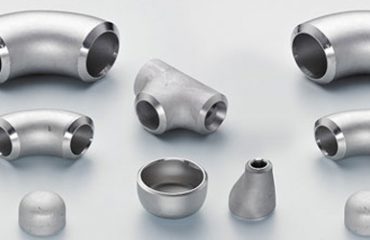
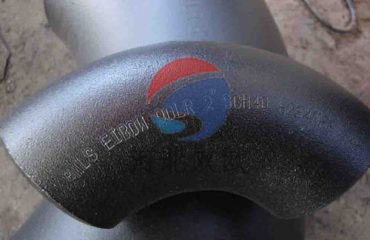
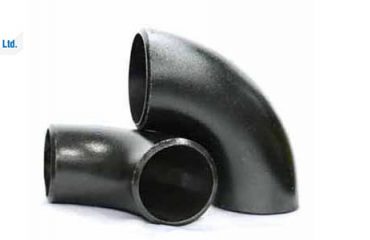
You must be logged in to post a comment.